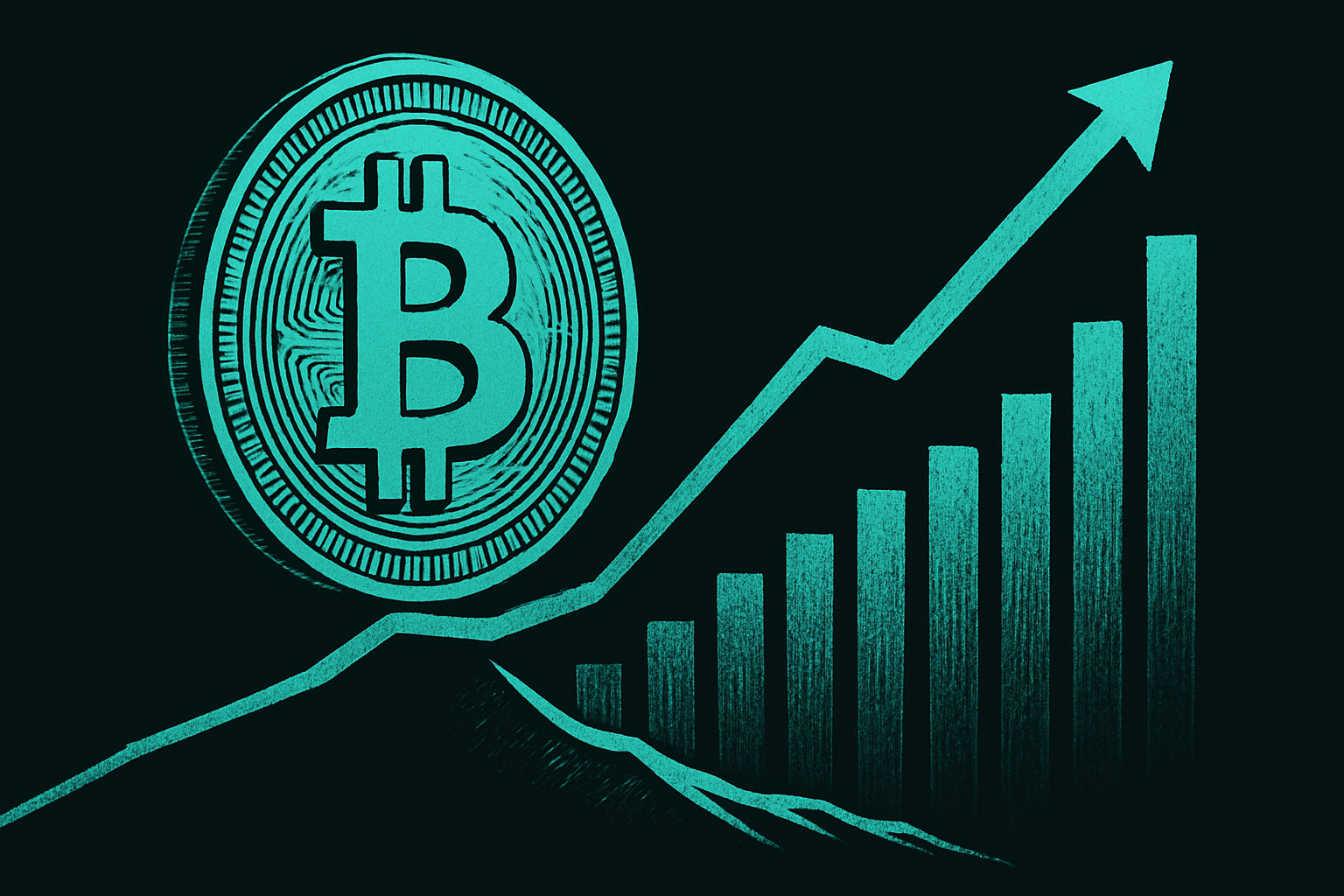ARTICLE AD BOX

- Real Vision’s Raoul Pal has noted that the crypto market is similar to 2017, with steady price gains and anticipation of a big December rally.
- BTC kicked off the year around $1,000, then climbed steadily, reaching $2,000 by May and briefly breaking $19,000 by December.
Raoul Pal, CEO of Real Vision, recently sat down with Jamie Coutts, the platform’s Chief Crypto Analyst, to reflect on current market conditions, and he didn’t hold back. “It’s spookily similar to 2017,” Pal said, suggesting that the crypto market today feels eerily like that explosive bull run seven years ago. Raoul Pal noted how this cycle feels delayed.
“With the dollar breaking down, even today, it’s starting to suggest that this might stretch into Q1 of 2026,” he said. “It’s like the whole cycle got shifted because interest rates weren’t adjusted, and the dollar stayed sideways for a while. Interestingly, he also noted that the vibe right now mirrors 2020 more than 2021, hinting that we could be much earlier in the growth phase than many investors believe.
Rewinding to 2017
To understand why that comparison matters, it helps to revisit 2017. That year began with Bitcoin just crossing the $1,000 mark, its highest since 2013, after closing 2016 at $963. Ethereum also started catching fire in March, shooting past $50 after opening the year at just $11, fueled by a booming wave of ICOs.
By June, the ICO craze had gone full throttle, with projects raising millions in mere days. Then, in August, Bitcoin underwent a hard fork, creating Bitcoin Cash. At the time, BTC hit a high of $4,736 that month. The fireworks came in October and November when altcoins skyrocketed, and Ethereum peaked at $881 in December. That same month, Bitcoin hit its then-record high of $20,089 before everything came crashing down, sending BTC into a sharp correction below $5,000.
Raoul Pal then shared an experience from his trip to the Middle East. Across the region, from Saudi Arabia to Abu Dhabi, Dubai, Bahrain, and Qatar, the mandate is clear: full-on adoption of Artificial Intelligence (AI) and blockchain technology. They’re not just talking about using Bitcoin as a reserve asset, but rebuilding entire government infrastructures on the blockchain.
In other sectors, CNF reported that at Bitcoin 2025 Vegas, Pakistan’s Crypto Council revealed plans to build a centralized wallet holding Bitcoin as a government reserve. Bhutan has quietly amassed around 12,200–13,000 BTC, valued at over $1 billion, using its surplus hydropower for Bitcoin mining, and the US is also planning to establish a crypto reserve.
Why Institutions Matter
He went on to explain that the crypto market’s growth demands bigger players with each cycle. “If we’re going from $3 trillion to $100 trillion, which is my estimate just based on trend growth, you need larger players at the table. There’s no way we hit $15 trillion this cycle unless bigger institutions are involved,” he said.
Institutional adoption is clearly picking up steam this year, not just for BTC, but also for altcoins like ETH and Solana (SOL). XRP is also seeing interest. As we highlighted earlier, at least eight companies have revealed plans to hold XRP in their corporate treasuries. Among them, Trident is allocating a massive $500 million, Webus International plans to invest $300 million, and VivoPower has committed $121 million.
On the Bitcoin front, public companies currently hold around 832,704 BTC. Leading the pack is Strategy (formerly MicroStrategy) with a whopping 592,100 BTC, followed by Mara Holdings with 49,543 BTC.
Back in May, Raoul Pal predicted that Bitcoin could climb past $140,000 by July 2025. Right now, BTC is hovering around $103,800, still struggling to break through the $110,000 mark.
.png)
 4 months ago
9
4 months ago
9








 English (US)
English (US)